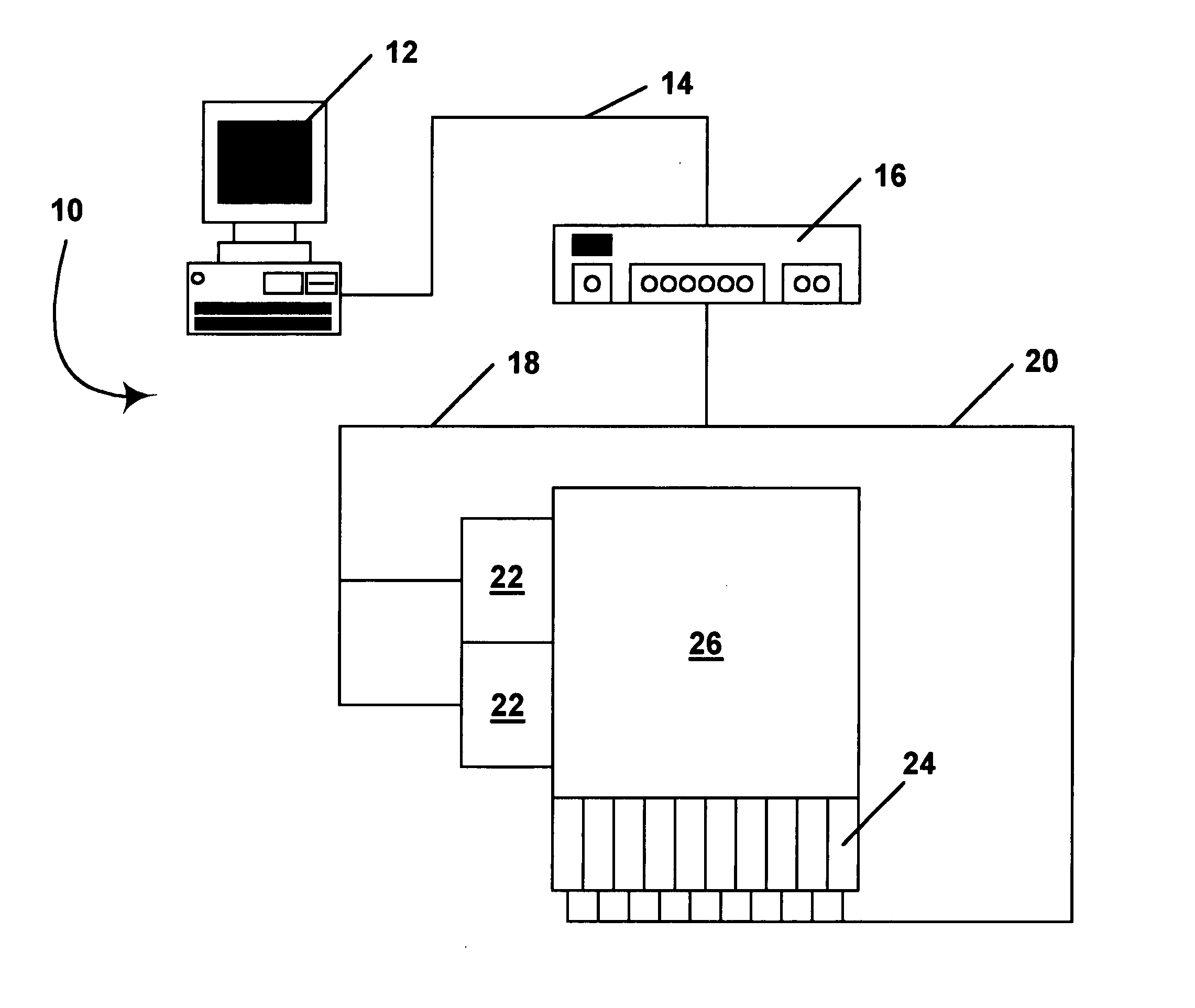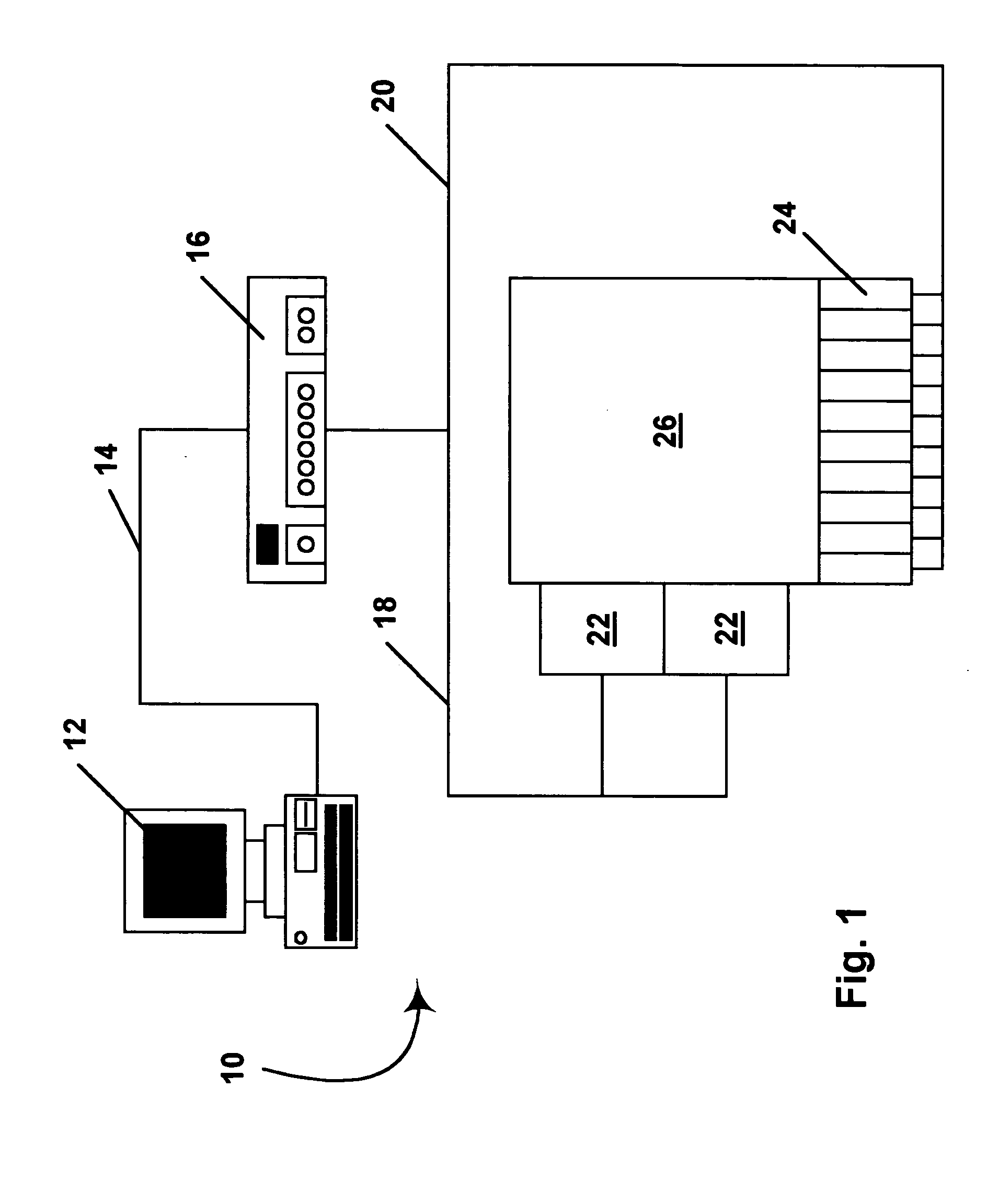Methods for driving bistable electro-optic displays, and apparatus for use therein
a technology of electro-optic displays and bistable displays, which is applied in the direction of static indicating devices, television systems, instruments, etc., can solve the problems of inadequate service life of these displays, not necessarily, and prevent their widespread use, and achieve the effect of reducing the remnant voltage of pixels
- Summary
- Abstract
- Description
- Claims
- Application Information
AI Technical Summary
Benefits of technology
Problems solved by technology
Method used
Image
Examples
second embodiment
In this form of the invention, the gamma voltages of the driver are arranged as shown in FIG. 5, and the common electrode switches between V=0 and V=Vmax. Arranging the gamma voltages in this way allows both even and odd pixels to be driven simultaneously in a single direction, but requires that the common electrode be switched to access the opposite drive polarity. In addition, because this arrangement is symmetric about the top plane voltage, a particular input to the drivers will result in the same voltage being applied on either an odd or an even pixel. In this case, the inputs to the algorithm are the magnitude and sign of the desired impulse, and the polarity of the top plane. If the current common electrode setting corresponds to the sign of the desired impulse, then this value is output. If the desired impulse is in the opposite direction, then the pixel is set to the top plane voltage so that no electric field is applied to the pixel during that frame.
As in the embodiment ...
example
Use of FT Sequences in Cyclic RSGS Waveform
This Example illustrates the use of FT sequences in improving the optical performance of a waveform designed at achieve 4 gray level (2-bit) addressing of a single pixel display. This display used an encapsulated electrophoretic medium and was constructed substantially as described in Paragraphs [0069] to [0076] of the aforementioned 2002 / 0180687. The single-pixel display was monitored by a photodiode.
Waveform voltages were applied to the pixel according to a transition matrix (look-up table), in order to achieve a sequence of gray levels within the 2-bit (4-state) grayscale. As already explained, a transition matrix or look-up table is simply a set of rules for applying voltages to the pixel in order to make a transition from one gray level to another within the gray scale.
The waveform was subject to voltage and timing constraints. Only three voltage levels, −15V, 0V and +15V were applied across the pixel. Also, in order to simulate ...
PUM
 Login to View More
Login to View More Abstract
Description
Claims
Application Information
 Login to View More
Login to View More - R&D
- Intellectual Property
- Life Sciences
- Materials
- Tech Scout
- Unparalleled Data Quality
- Higher Quality Content
- 60% Fewer Hallucinations
Browse by: Latest US Patents, China's latest patents, Technical Efficacy Thesaurus, Application Domain, Technology Topic, Popular Technical Reports.
© 2025 PatSnap. All rights reserved.Legal|Privacy policy|Modern Slavery Act Transparency Statement|Sitemap|About US| Contact US: help@patsnap.com



